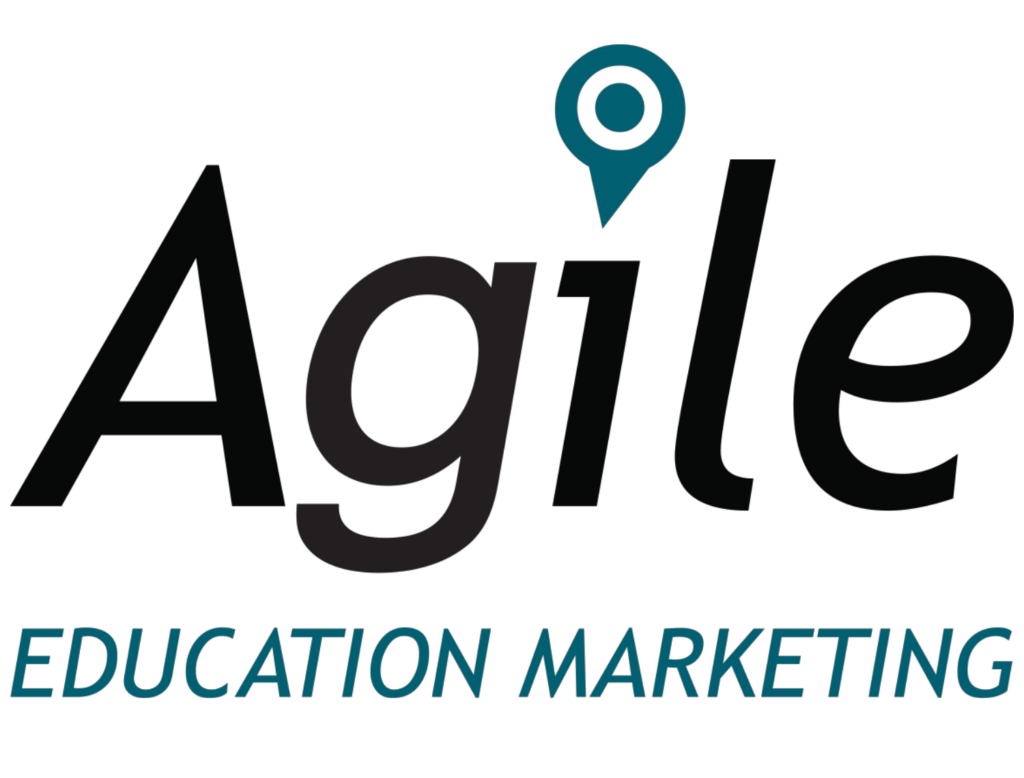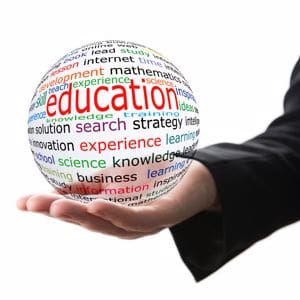Ever crafted the perfect email campaign only to watch it get buried in a principal’s inbox? Reaching school leaders through email takes more than clever copy—it requires an understanding of how educators work, when they read their messages, and what kind of content they trust. Between full teaching schedules, district gatekeepers, and strict compliance rules, connecting with schools can be uniquely challenging.
This guide helps vendors overcome those barriers with proven email marketing strategies that build awareness, strengthen relationships, and improve engagement across the education sector. You’ll discover how to target the right educational institutions, segment your email addresses effectively, personalize your outreach, and track your results.
Whether you’re reaching out to school administrators or classroom educators, these tips will help you create an email marketing strategy that earns attention and delivers results.
Why Email Still Works in Education Marketing
Despite the growing number of digital channels, email remains the most trusted communication tool in schools. Educators still rely heavily on email for updates from districts, vendors, and education organizations. In fact, surveys consistently show that teachers and administrators prefer email over phone calls or ads when engaging with new products or professional resources.
Compared with social ads that vanish in a scroll or cold calls that interrupt the school day, marketing emails give educators time to engage on their own terms. For vendors navigating school markets, this channel offers a reliable way to build awareness, demonstrate expertise, and nurture long-term relationships.
Who’s Who in Schools and How To Reach Them Ethically
Schools have a layered decision-making structure, which means every email campaign should be tailored to the recipient’s influence level:
- Decision-makers (Layer 1): Superintendents, curriculum directors, and principals oversee purchasing and policy.
- Influencers (Layer 2): Teachers, technology specialists, and counselors shape opinions and recommend tools or programs.
- Gatekeepers (Layer 3): District and school administrators control access to inboxes and screen new vendor messages.
Segmenting your audience ensures that your email content speaks directly to the reader’s role and priorities. Decision-makers want measurable results and ROI, while teachers look for tools that save time and improve outcomes.
Building an Ethical School Email List
An ethical, compliant approach to list-building not only protects your brand but also builds credibility. Schools are protective of staff data, so gaining trust is essential. When looking to build an ethical school email list, email marketing best practices include:
- Using opt-ins through webinars, downloadable guides, and resource hubs.
- Leveraging events and partnerships like education conferences or association memberships.
- Refreshing educator contact lists regularly to remove inactive addresses and maintain deliverability.
- Creating educator contact lists specifically designed for sales, direct mail, and email campaigns.
- Sending personalized emails that address the recipient’s needs and their unique school context.
- Setting up email reminders for webinars, demos, or grant deadlines.
- Crafting a thoughtful welcome email strategy to set expectations and introduce your value proposition early.
These steps ensure your email marketing campaign respects privacy while building strong, authentic connections.
Proven Email Strategies That Win Attention in K–12 Inboxes
Once you’ve built your audience ethically, the next challenge is standing out in busy inboxes. Below are seven proven strategies vendors can use to improve engagement and strengthen relationships with educators:
1. Segmenting Your Audience Effectively
Segmentation determines whether your message feels relevant or gets ignored. Educators respond best to targeted messages that speak directly to their roles, challenges, and goals. Segmentation strategies that work include:
- By role: Teacher vs. principal vs. district administrator.
- By school type: Public vs. private vs. charter schools.
- By district size and region: Rural vs. urban schools.
Considering each of these segments/groups may have different or even competing priorities, segmentation allows you to tailor your email marketing software or platform to specific audiences, thus improving open and response rates.
2. Crafting Personalized Email Content That Resonates
Generic sales pitches rarely succeed in education. On the other hand, personalized content that respects educators’ time and solves their problems does. Tips for making emails stand out include:
- Keeping messages short, helpful, and solution-oriented.
- Focusing on solving real problems, such as limited budgets, time constraints, or student performance goals.
- Using educator language instead of jargon-heavy sales copy.
Personalized content fosters trust, showing that you understand the challenges of marketing to teachers and educational institutions.
3. Writing Subject Lines That Get Opened
Subject lines determine whether your email gets opened, saved for later, or deleted immediately. Educators see dozens of messages daily, so clarity and relevance matter most. Proven approaches include:
- Clarity over cleverness: Being straightforward beats mysterious.
- Personalization: Use the recipient’s school name or role.
- Benefit-driven framing: Highlight how the email helps (e.g., “Save time grading this semester”).
A/B testing your subject lines can reveal what resonates. Try comparing versions that focus on curiosity, benefits, or personalization to find your best performers.
4. Timing and Frequency: Aligning With the School Calendar
Timing is everything when marketing to schools. Educators’ priorities shift with the academic year, so knowing when to reach them boosts your success. Best practices include:
- Avoiding summer breaks, testing windows, and holidays when staff are unavailable.
- Leveraging budget windows (typically spring and early summer) when purchasing decisions are made.
- Avoiding email fatigue by using nurture sequences instead of frequent blasts.
Aligning your cadence with the school calendar helps you appear relevant and respectful of educators’ time.
5. Using Automation for Lead Nurturing
Closely tied to timing and frequency above is strategic automation. Schools have long buying cycles, often spanning months. Marketing automation helps maintain consistent engagement during that time. Experiment with these use case examples:
- Drip campaigns that educate prospects over several weeks.
- Automated follow-ups after webinars, trade shows, or virtual events.
- Multi-step sequences that guide educators from awareness to demo or consultation requests.
Automation not only saves time but also creates a predictable, scalable way to nurture leads across multiple touchpoints.
6. Compliance and Privacy Best Practices
When marketing to schools, compliance isn’t optional. Failure to respect privacy laws can damage your reputation and deliverability. Key considerations include:
- Adhering to the Family Educational Rights and Privacy Act (FERPA) for student data protection.
- Following CAN-SPAM rules with clear opt-outs and accurate sender information.
- Ensuring ethical handling of educator data, especially when sourcing third-party contact lists.
These steps protect your brand and demonstrate the professionalism school leaders expect from vendors.
7. Using Multi-Channel Synergy
Email doesn’t exist in a vacuum. When paired with direct mail, digital ads, and live events, it becomes more powerful. For example, an email introducing a new student information system might be followed by a postcard invitation to a local education summit, or a retargeted ad promoting an upcoming webinar. This multi-channel synergy reinforces awareness and keeps your message top of mind throughout the school year.
How To Track School Email Campaign Success
Once your email marketing campaign is running, tracking performance helps refine future efforts. The goal is to understand what works and why. Key metrics to track include:
- Open rates: Measure subject line effectiveness.
- Click-through rates: Indicate how engaging and relevant your content is.
- Conversions: Track the number of educators who take action (e.g., register, request info, etc.).
- Unsubscribes: Gauge message frequency or tone issues by monitoring the number of unsubscribes in a given period.
To improve email marketing for schools over time, vendors should regularly test, clean, and optimize. Make long-term improvements with:
- A/B tested subject lines, visuals, and CTAs to identify top-performing versions.
- List hygiene updates to remove duplicates, bounced emails, or inactive contacts.
- Reviewing results monthly or quarterly to adjust timing, frequency, and segmentation.
Many higher education email marketing campaigns integrate social media signals or customer relationship management (CRM) insights from an email marketing tool to see the full impact of engagement. The more you learn from your data, the smarter and more effective your next campaign becomes.
Common Mistakes To Avoid in School Email Marketing
Even the most well-intentioned email campaigns can fall flat if key details are overlooked. Understanding common missteps helps vendors protect their marketing efforts and improve overall email engagement.
One of the biggest errors is sending overly promotional messages. Educators value solutions, not blatant sales pitches. So focus your email newsletter content on insights, resources, and classroom impact.
Another mistake is ignoring timing and context. Emails sent during testing season or holiday breaks are likely to be buried in inboxes. Always align your outreach with the school calendar for the best results.
Technical issues also play a role. Failing to test your campaign across devices or using an outdated email marketing platform can lead to formatting problems and lower engagement rates. Similarly, neglecting list hygiene results in bounced emails, ultimately hurting deliverability and sender reputation.
Lastly, avoid sending too many messages too often. Consistency matters more than frequency. Maintain a steady cadence that keeps your brand present but never intrusive. By steering clear of these pitfalls, vendors can create stronger, more trusted relationships with educators and see measurable improvements in every campaign they send.
Turn Email Campaigns Into Meaningful School Connections
In education marketing, success doesn’t come from sending the most messages—it comes from earning trust and solving real problems. The best email campaigns to schools prioritize value, timing, and authenticity over volume or hype.
Of course, not every organization has the internal bandwidth to handle complex segmentation, automation, and compliance tasks. That’s where Agile Education Marketing makes a difference. When you partner with Agile, you gain access to the education data services, insights, and digital marketing service offerings that help you connect with higher education and independent schools more effectively.
Ready to elevate your email marketing strategies in the education sector? Explore Agile’s data, engagement and marketing solutions to transform your outreach into lasting educator relationships.



